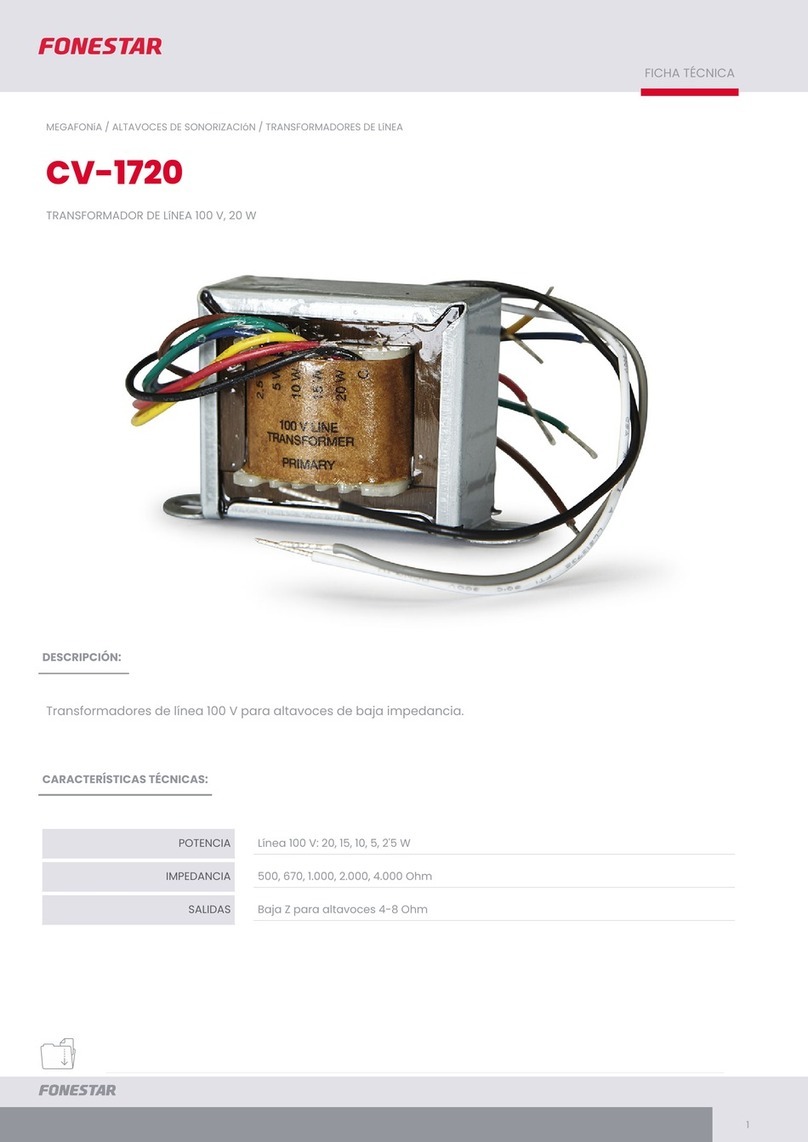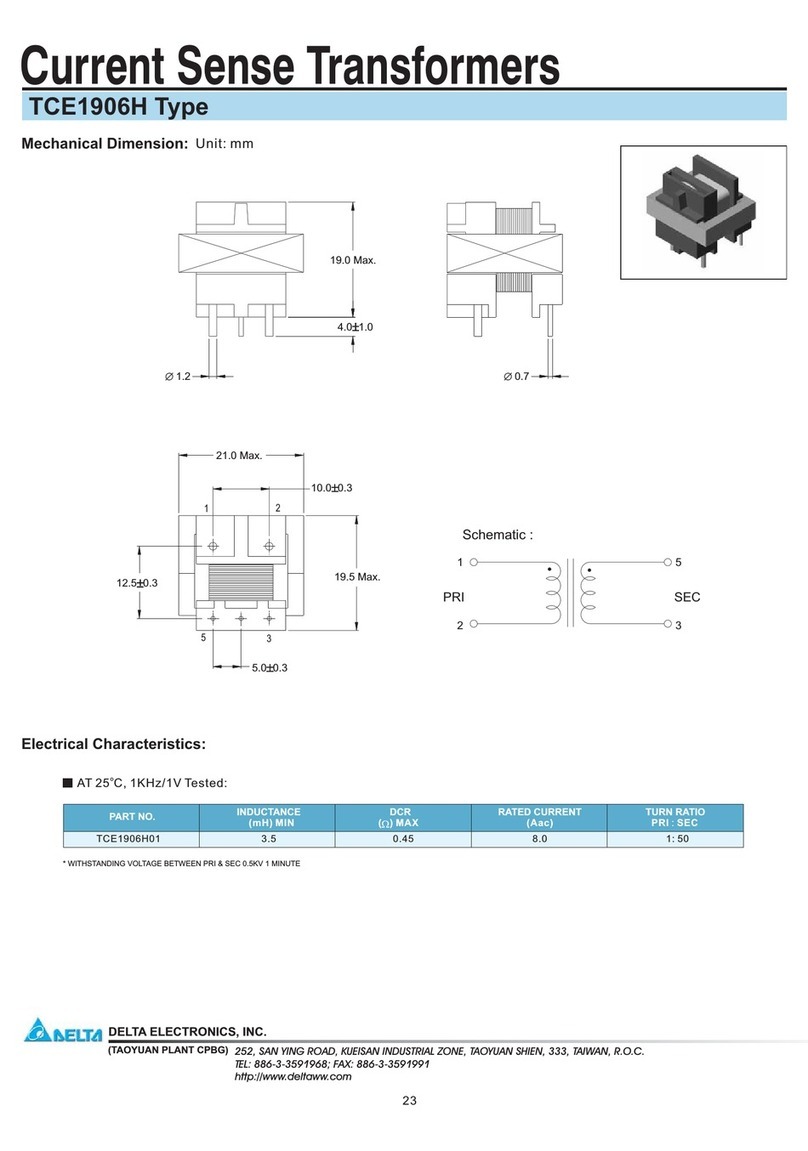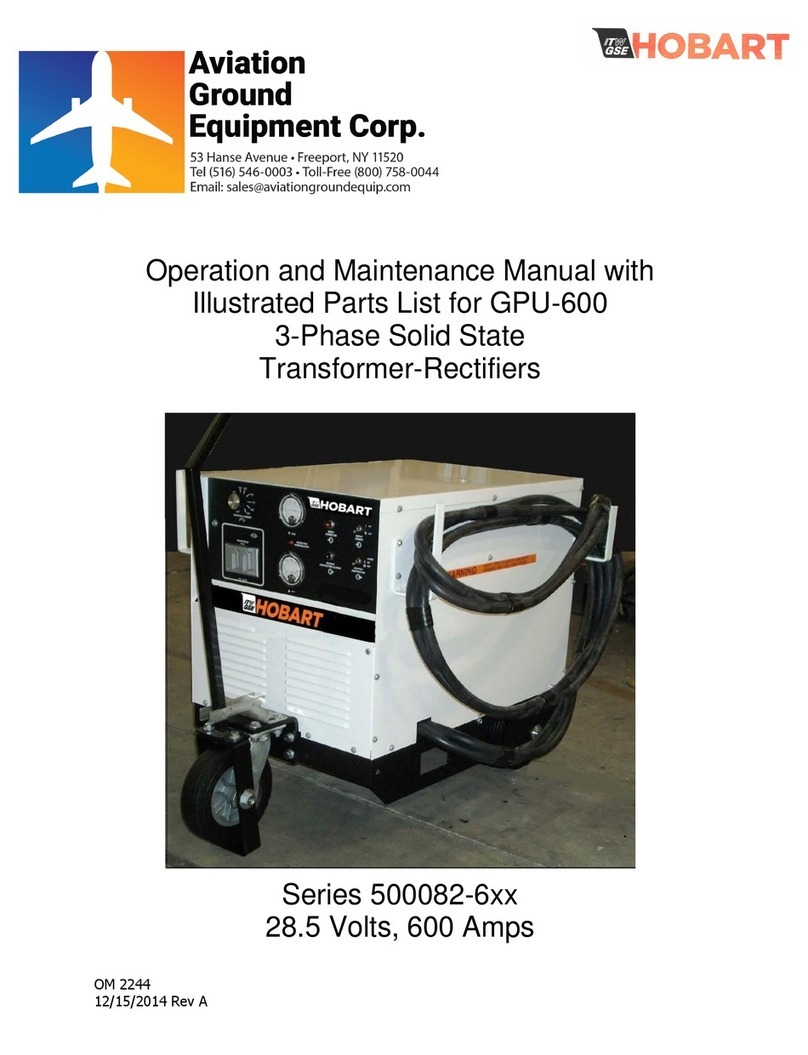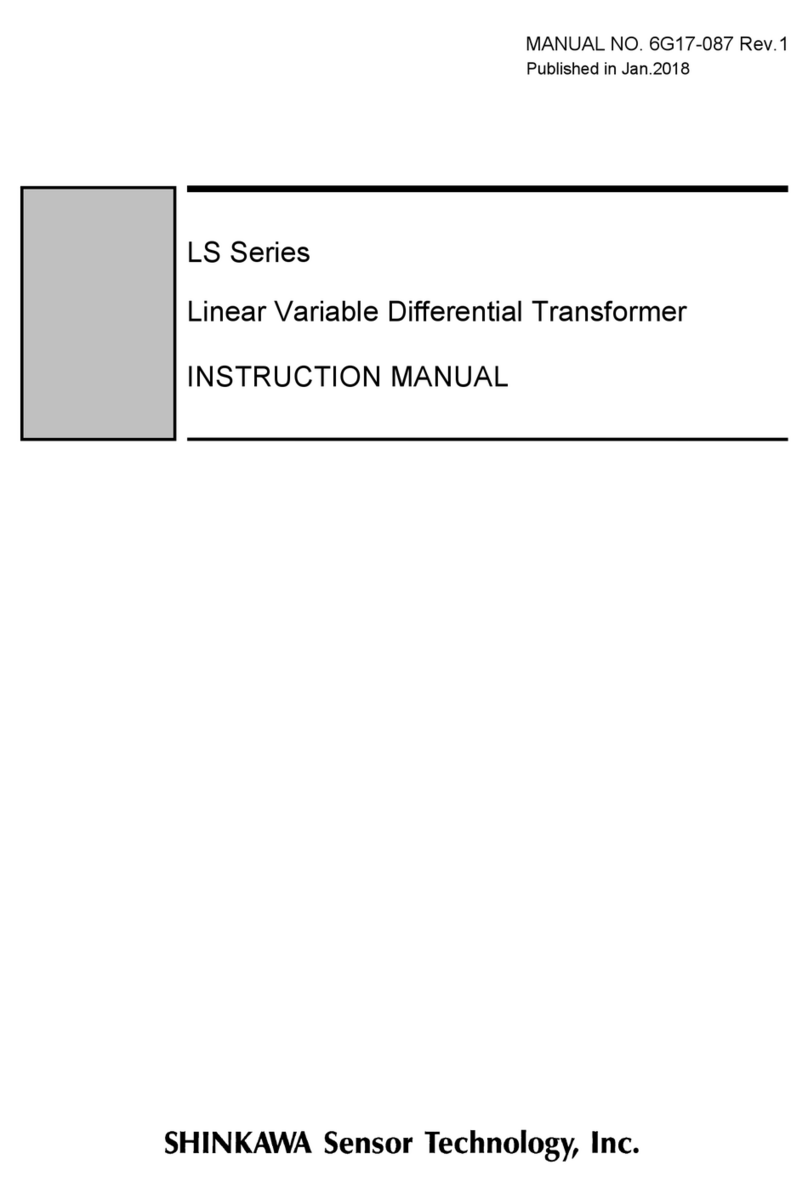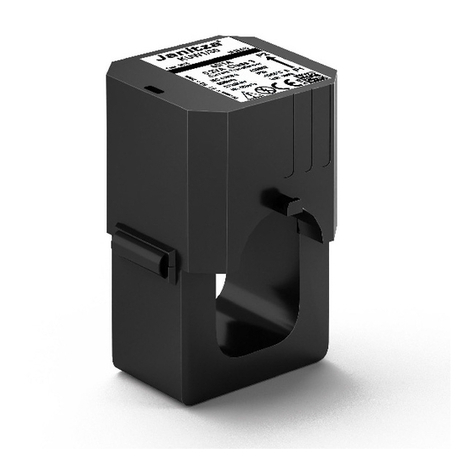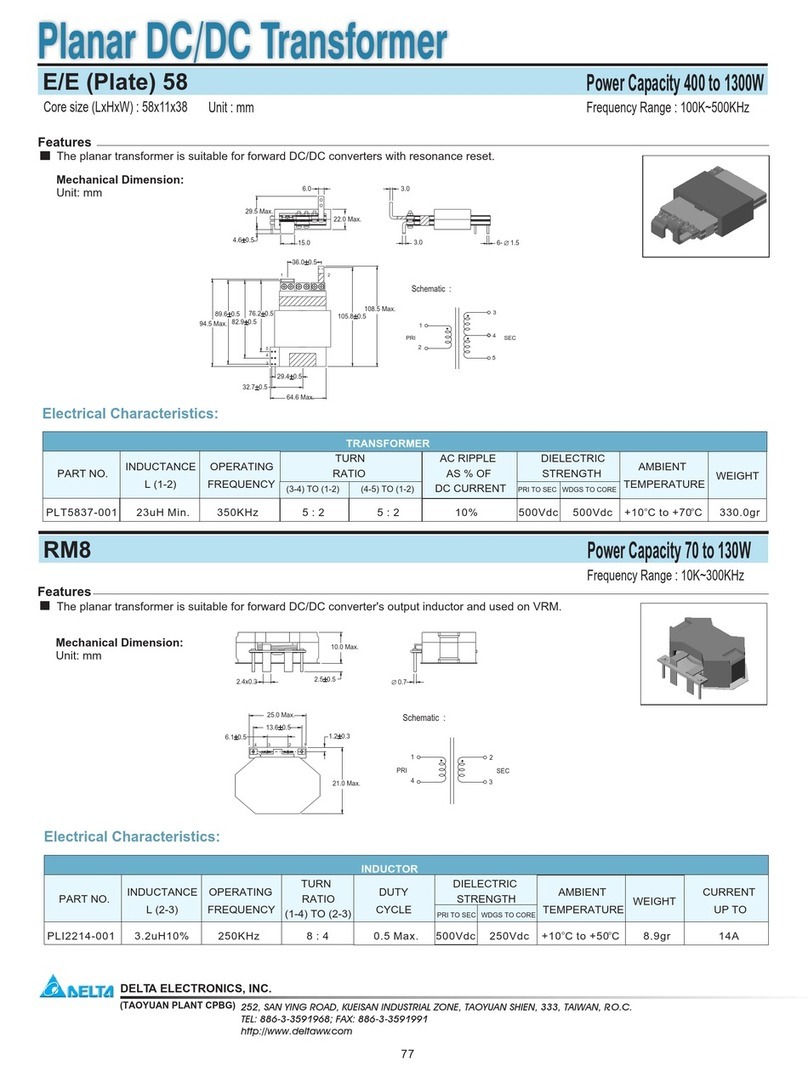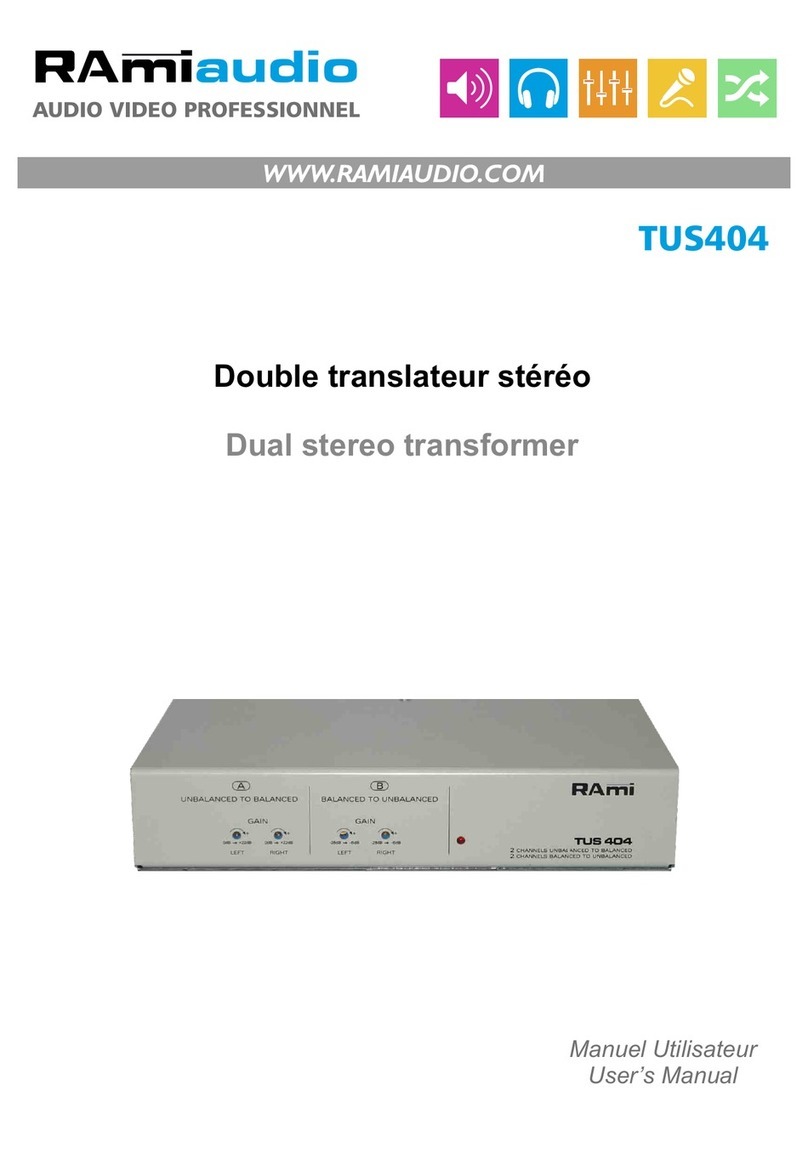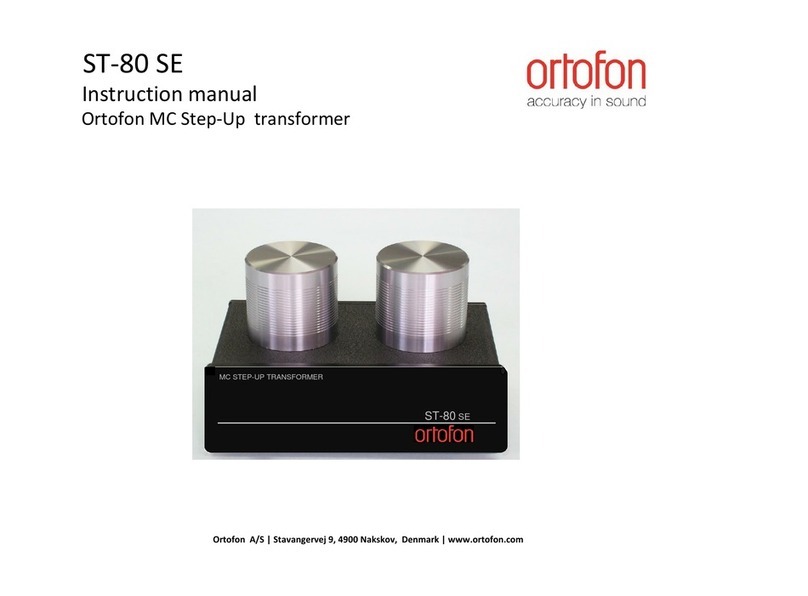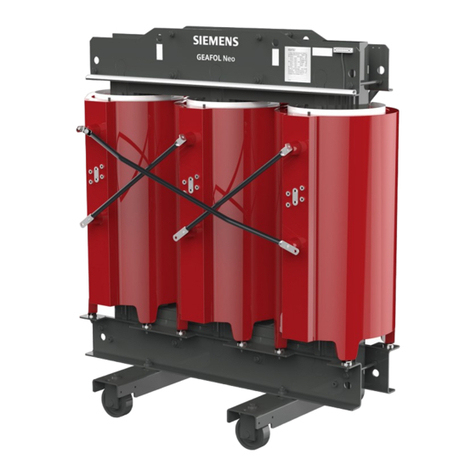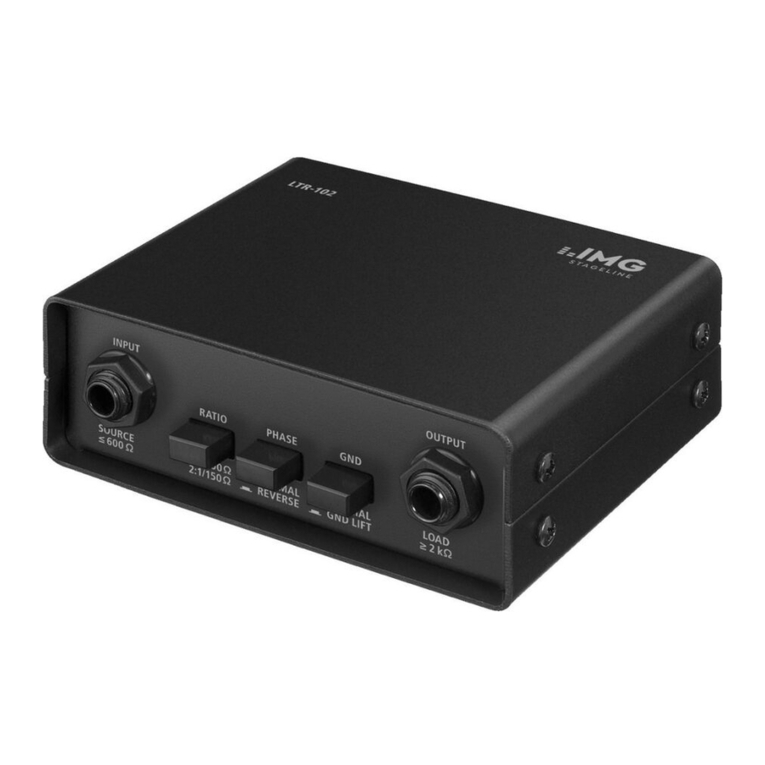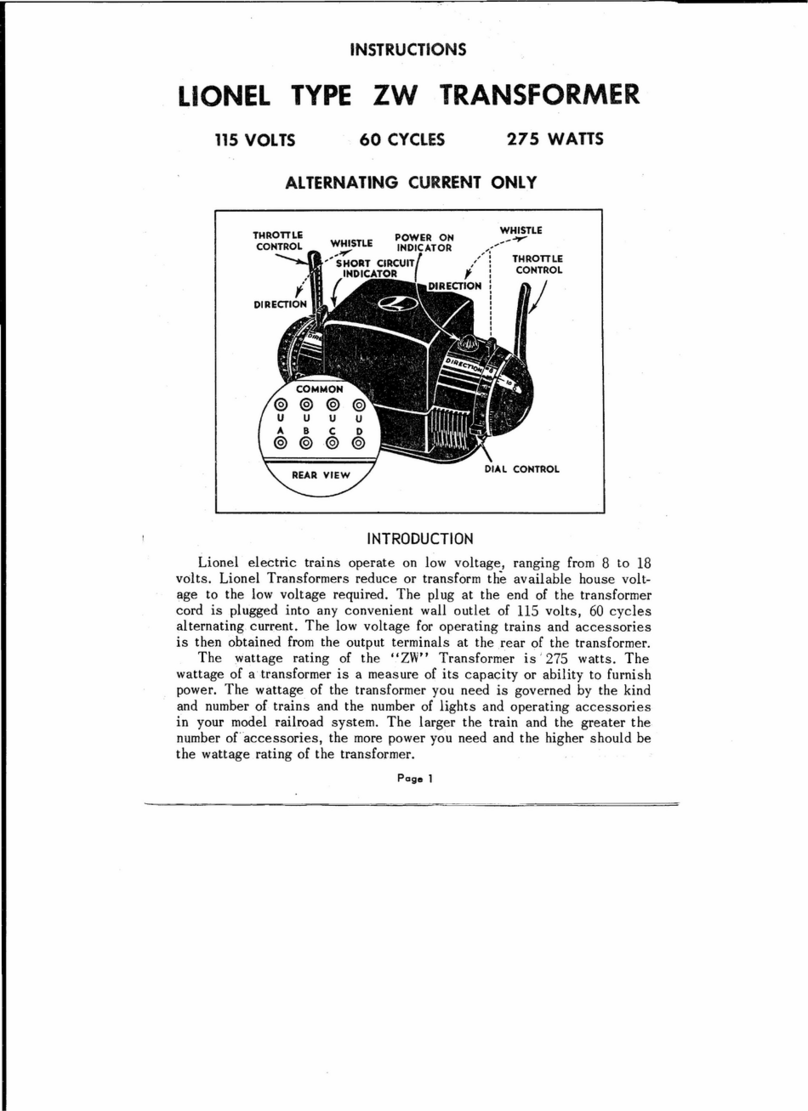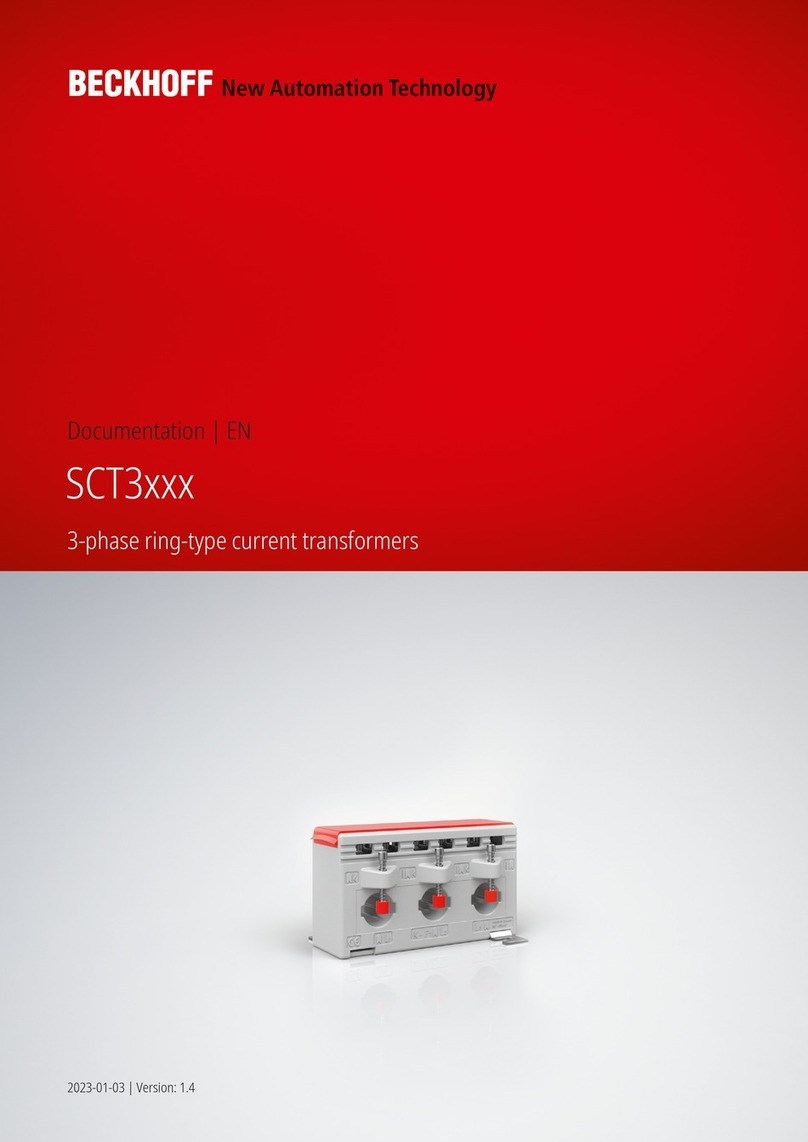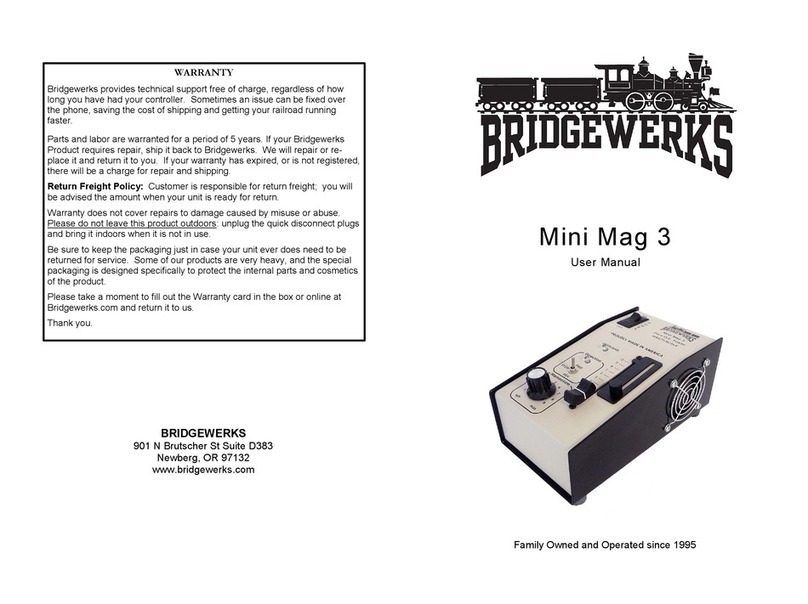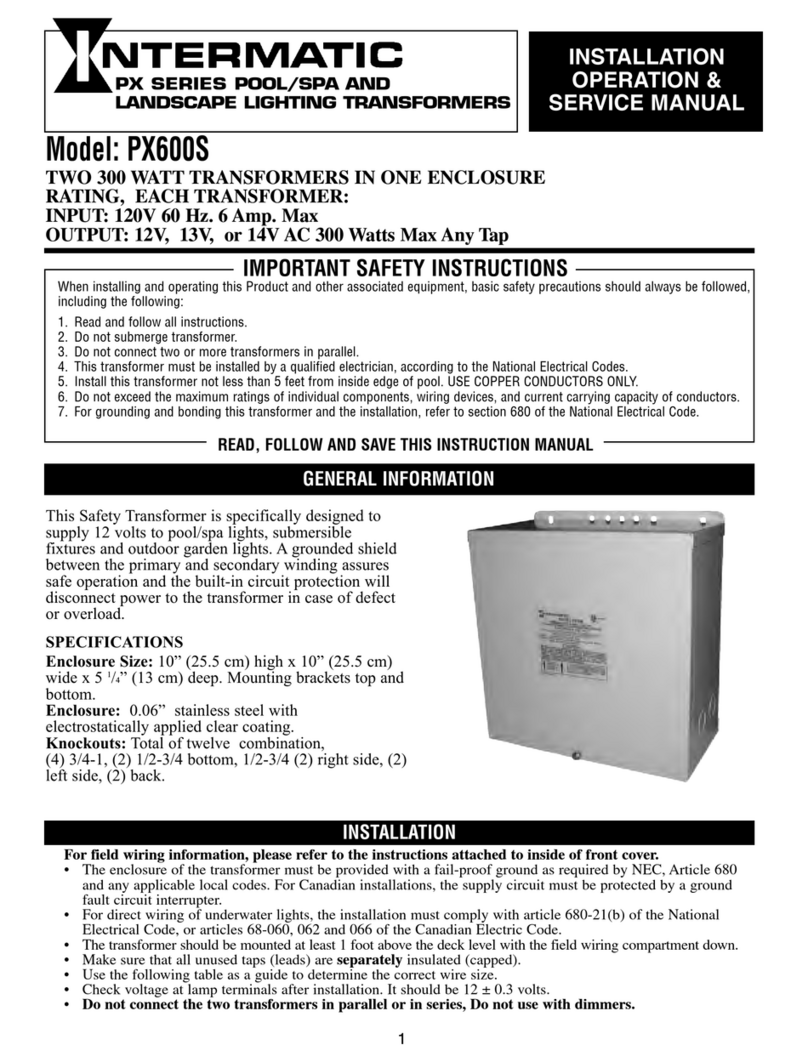6.7 Display and Touch Panel............................................................................................23
6.8 Low Voltage Side Receptacles ...................................................................................23
6.9 High Voltage Side Receptacles...................................................................................23
6.10 Thermal Printer...........................................................................................................23
6.11 Tap Control.................................................................................................................23
6.12 External ......................................................................................................................23
6.13 Current Clamp Receptacle..........................................................................................23
6.14 Temperature Channels Receptacles...........................................................................23
7User Interface....................................................................................................................24
7.1 Home Screen..............................................................................................................24
7.2 Archive .......................................................................................................................25
7.3 Templates...................................................................................................................27
7.4 Settings.......................................................................................................................28
7.4.1 Date and Time.....................................................................................................28
7.4.2 Regional ..............................................................................................................28
7.4.3 Naming Scheme..................................................................................................29
7.4.4 Networking...........................................................................................................29
7.4.5 Remote Access....................................................................................................30
7.4.6 Maintenance........................................................................................................31
7.4.7 License................................................................................................................32
8Test Objects.......................................................................................................................33
8.1 Power Transformer.....................................................................................................33
8.1.1 Windings..............................................................................................................34
8.1.2 Winding Configuration Autodetect........................................................................37
8.1.3 Nameplate...........................................................................................................38
8.1.4 General................................................................................................................39
8.1.5 Tap Changer........................................................................................................41
8.1.6 Electrical Values..................................................................................................42
9Inspection and Test Plan....................................................................................................46
10 Measurements ...............................................................................................................49
10.1 Turns Ratio.................................................................................................................49
10.1.1 Table view modes................................................................................................50
10.1.2 Turns ratio settings..............................................................................................52
10.1.3 Turns Ratio Results View.....................................................................................53
10.2 Winding Resistance....................................................................................................54
10.2.1 Dual Supply Winding Resistance.........................................................................56
10.2.2 Winding Resistance Settings ...............................................................................57

